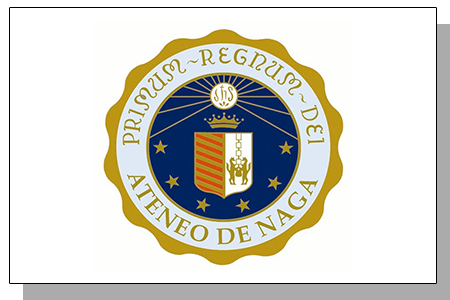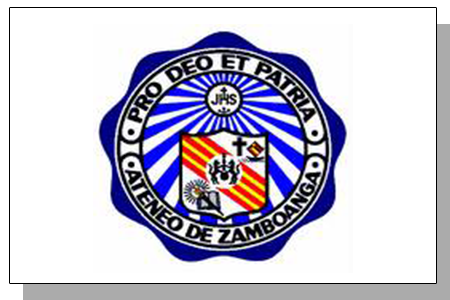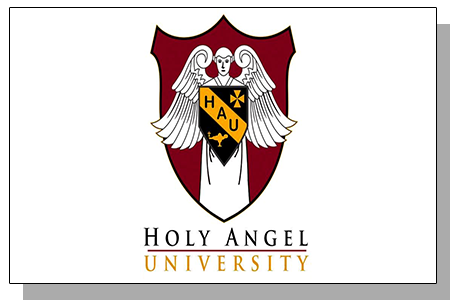|
AMG Skilled Hands Technological College (ASHTEC) is a Christian Institution with an innovative teaching-learning environment that caters to different learners. The school’s mission dwells on equipping the learners in a holistic manner with Christ-centered programs so that they will be God-fearing, self- sustaining and will exhibit distinctiveness to others. The talents of the students are introduced not only to its local partners but to its associates overseas as well. The preparation of the training engages the collaboration of competent teaching staff with well-run equipments. Students are geared up once they are initiated in the workplace.
|
The Bachelor of Science in Digital Illustration and Animation aims to produce professionals in the new emerging field in Digital Illustration and Animation. The Advertising and entertainment sectors are fast moving towards the use of computers and digital technologies produce more attractive advertisement and entertainment products. The business sectors, on the other hand, began to use Internet-based technologies to sell their products, and thus pave the ground for electronic commerce. Multimedia and graphics in particular play an important role in the success of electronic commerce. As more people use the internet service, the greater the demand would be on a new breed of illustrators, animators and graphic layout artists using the new technologies. Potential students of this baccalaureate program will be trained using state of the art facilities provided by the Ateneo de Naga University. |
The Ateneo de Zamboanga began in 1912 as Escuela Catolica, a parochial school run by Spanish Jesuits at the old site of the Immaculate Conception Church, right across the Sunken Garden. Fr. Manuel M. Sauras, S.J. was the first director.
|
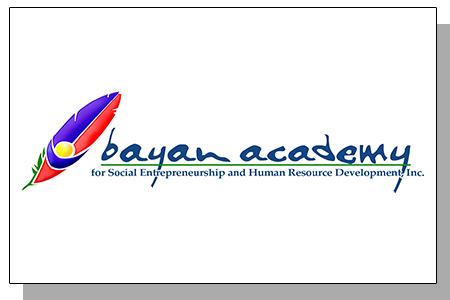 |
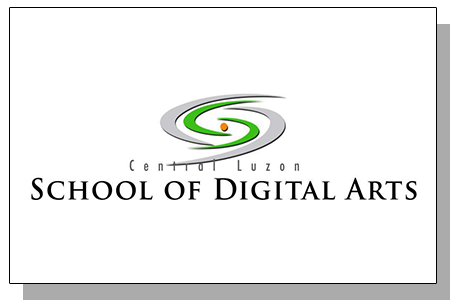 |
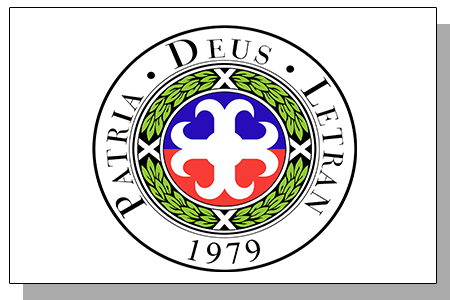 |
|
Bayan Academy for Social Entrepreneurship and Human Resource Development (BASE-HRD or Bayan Academy) is a social development organization offering entrepreneurship, management and education training programs and services for development institutions, cooperatives, banks, educational institutions and micro and small enterprises, as well as livelihood and skills training courses. Primarily established to equip ABS-CBN Bayan Foundation’s micro borrower clients with the necessary skills to become small and even medium-sized entrepreneurs and also equip their relatives with necessary skills in order to obtain employment. At the same time, it propagates ABS-CBN Bayan Foundation’s human resource training program which puts emphasis on values formation and accountability. |
Our Vision:Be a Center of Excellence and become the choice educational destination for Digital Arts in Emerging Markets.Our Mission:We are committed to teaching breakthrough cutting edge technology leading into the mastery in Digital Arts.
|
Colegio de San Juan de Letran Calamba was once described as a fusion between "tradition and vision". Let this host of stories unfold as a testimony to that contradictory blend.
|
| Visit Website >> | Visit Website >> | Visit Website >> |
 |
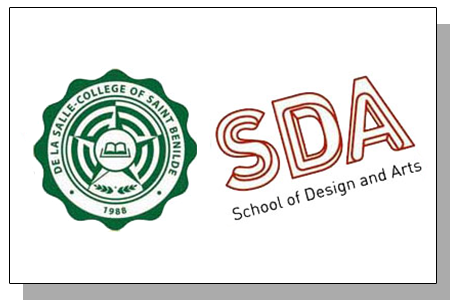 |
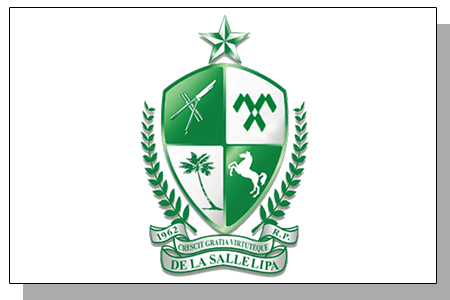 |
|
Colegio de San Juan de Letran - Manila The Colegio is a Dominican institution of learning tasked to form a student to become a person who has integrated within himself the natural and supernatural aspects of Catholic education that will effectively prepare him for his bounden duties as a citizen of his country and a child of the Holy Mother Church.
|
De La Salle-College of Saint Benilde Benilde is a learning environment that nurtures students to develop their interests and passions, and trains them to become professionally competent in established industries and emerging fields of specialization. At Benilde, learning in its many forms is encouraged. Spiritual creative pursuits, artistic endeavors, service to the community, awareness of environmental issues, and concern for the common good are all part of the Benildean education. The College’s learner-centered philosophy is founded on the belief that each student is endowed by God with talents and gifts that should be understood, appreciated and nurtured.
|
Lipa City is a fast emerging key city in the country, becoming a major administrative, medical, commercial, financial, agro-industrial and residential center. The Department of Science and Technology-Information and Communications Technology Office (DOST-ICTO) and the Information Technology and Business Process Association of the Philippines (IBPAP) hailed Lipa City as one of the “next wave cities” specifically for Business Processing Outsourcing sector.
|
| Visit Website >> | Visit Website >> | Visit Website >> |
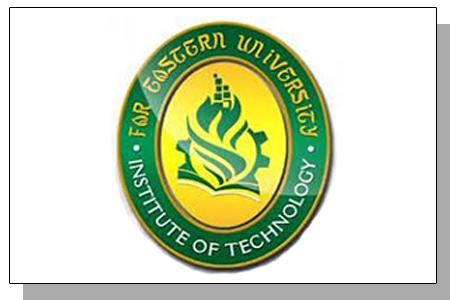 |
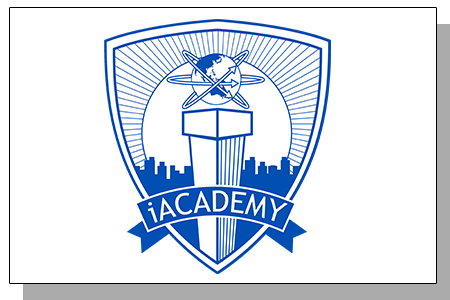 |
|
|
FEU Institute of Technology (formerly FEU – East Asia College) is a vibrant community of technology scholars and professionals seeking to serve the Nation, the Industry, and the World. The College is a coeducational, nondenominational institution providing quality education in the fields of Engineering and Information Technology. FEU Institute of Technology, also known as FEU Tech, occupies two major buildings, one of which is the Original FEU Technology Building along Nicanor Reyes St. (Morayta), in the heart of Manila’s famous University Belt, and located within Far Eastern University’s prestigious campus, which has been a vital part of the city’s legacy for over 85 years. The “Classic Prestige” of the Main Campus features a natural ecological environment of grassy parks and shady trees. It is also home to award winning art and architecture, including five Art Deco buildings designed by architect Pablo Antonio, a National Artist of the Philippines.
|
The biggest private Catholic university in the central region of Luzon island, Holy Angel University has remained deeply committed to its founder's mission of making quality education accessible. At 82, the university continues to impact on the economic, social and cultural life of the communities around it
|
The Bachelor of Science in Animation (BS Animation) is a comprehensive program that deals with film making for traditional and digital animation. It encompasses a wide range of studies in visual arts with applied science and technology that will enable students to understand, learn and apply different techniques and methodologies assisted with the learning of basic programming, web design, and authoring tools. Throughout the program students will explore the international history and evolution of animation. Students will demonstrate creative self-expression as they learn basic and advanced drawing skills, techniques for original character design, the natural flow and movement of objects, and background development which includes an in depth study of perspective for 2D and 3D environment.
|
| Visit Website >> | Visit Website >> | Visit Website >> |
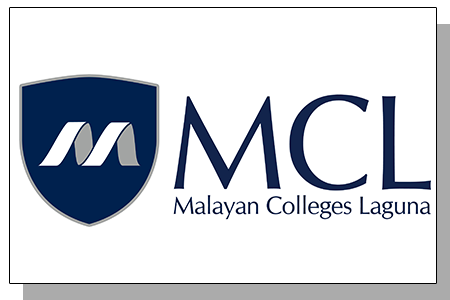 |
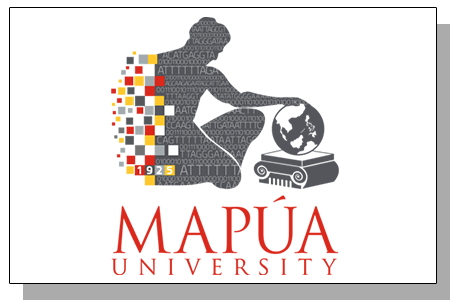 |
 |
|
When the ownership of the MAPUA INSTITUTE OF TECHNOLOGY was transferred in the year 1999 to the Yuchengco Group of Companies (YGC) under the stewardship of the honorable Ambassador Alfonso T. Yuchengco; great amount of face lifting was undertaken to make the facilities of the MAPUA at par with international standards and great amount of effort was cultivated to further strengthen the academic programs of the institution.
|
Within the walls of the Philippines’ most popular heritage site of Intramuros lies the country’s seat of technological education excellence. Don Tomas Mapúa, the first registered Filipino architect, founded Mapúa University (Mapúa) on January 25, 1925, with the vision of it becoming an educational institution that would give the necessary emphasis on the growing importance of science and technology in the improvement of the country’s economy and the quality of life of its citizens. This vision led to Mapúa’s pioneering of technical course offerings in the country, beginning with the programs Bachelor of Science in Civil Engineering (CE) and B.S. Architecture (AR). This program is designed to train students to become contemporary visual artists and interactive media designers. Integrating the theoretical, creative, conceptual, and technical aspects of design and development through the use of modern technology, the program aims to equip the students with competencies in freehand drawing, computer graphic art, communication, and programming for various multimedia applications such as desktop publication, web design, photography and digital imaging, 2D/3D animation, video production, and computer games design. Graduates of this program may occupy critical posts in printing, advertising, marketing, communications, cyber station, computer simulation and virtual realitoratories, education, and entertainment industries. |
Your Trusted Partner in Developing Effective Communicators and Successful Young Entrepreneurs categories
|
| Visit Website >> | Visit Website >>> | Visit Website >> |
 |
 |
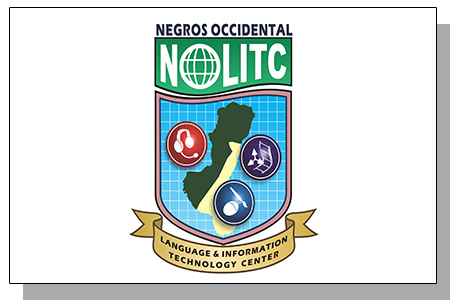 |
|
Creativity has always been at MINT College’s core. We have fully-embraced this brand with the faith that inspired students have higher chances of success, no matter which industry they decide to enter. We strive to provide our students with an environment that nurtures their creative pursuits, whether they are into Business, Arts or Technology. Our students are encouraged to practice or find their passions while learning how to turn it into professions. There's no other way to say it best— we will challenge your level of creativity while preparing you for the future. MINT College isn’t just creativity. We are Creativity +.
|
MOWELFUND stands for MOVIE WORKERS WELFARE FOUNDATION, INC., a non-stock non-profit social welfare, educational, and industry development foundation organized and established in 1974. It was founded by then San Juan Mayor and President of the Philippine Motion Picture Producers Association (PMPPA) Joseph E. Estrada for the welfare of workers in the Philippine motion picture industry. It has expanded the Manila Film Festival to become the now-popular Metro Manila Film Festival Philippines (MMFFP) and helped rationalize the movie industry with its contributions in creating agencies like the Film Academy of the Philippines (FAP) and reorganizing the Movie and Television Review and Classification Board (MTRCB). It has also initiated the campaign against film and video piracy.
|
The Negros Occidental Language and Information Technology Center (NOLITC) is the FIRST and ONLY government-run Language and IT Center in Western Visayas. It is a hub of language and information technology learning in Negros Occidental. NOLITC or more popularly known as the “Learning Center,” is one the priority programs of Gov. Alfredo Marañon, Jr. and Vice-Governor Genaro Alvarez, Jr. under their NEGROS FIRST Development Agenda. The present administration is committed to fully utilize Information and Communication Technology and ensure the efficiency of its pool of human resource with the aim view of making Negros Occidental as one of the fastest growing, if not the biggest, IT hub in the Visayas.
|
| Visit Website >> | Visit Website >> | Visit Website >>> |
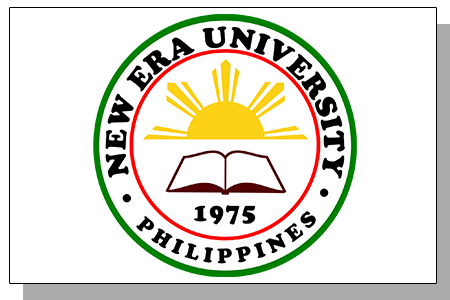 |
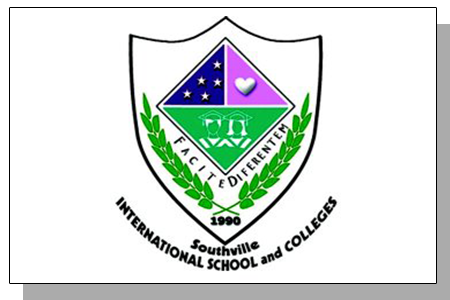 |
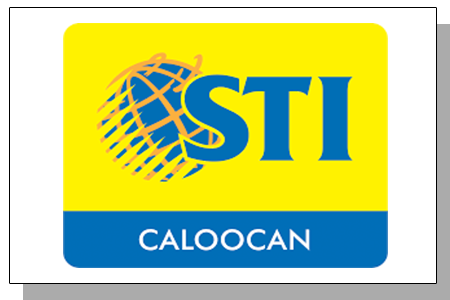 |
| New Era University is a private, non-sectarian educational institution established by the Iglesia ni Cristo. It aims to develop among its students academic excellence, professional responsibility and social awareness founded on genuine Christian principles. NEU upholds the constitutional mandate that all schools shall aim to inculcate love of country, teach the duties of citizenship, develop moral character, personal discipline and scientific/technological/vocational efficiency for national development. | Southville International School and Colleges (SISC) is the only international school in the Philippines offering a complete array of educational programs officially recognized as an educational institution of an international character based on the Republic Act (R.A.) No. 9493. Propelled by its main thrust of providing the highest quality standards of education to learners, SISC keeps in constant pursuit of excellence in instructional-related matters, research, and community services. SISC delivers excellent grade school, high school, IB and college education and is one of the leaders in the Philippines. | It all started when four visionaries conceptualized setting up a training center to fill very specific manpower needs. It was in the early ‘80s when Augusto C. Lagman, Herman T. Gamboa, Benjamin A. Santos, and Edgar H. Sarte — four entrepreneurs came together to set up Systems Technology Institute (STI), a training center that delivers basic programming education to professionals and students who want to learn this new skill. Systems Technology Institute’s name came from countless brainstorming sessions among the founders, perhaps from Sarte’s penchant for three-letter acronyms from the companies he managed at the time. |
| Visit Website >> | Visit Website >> | Visit Website >> |
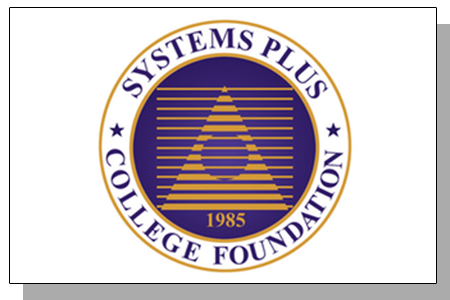 |
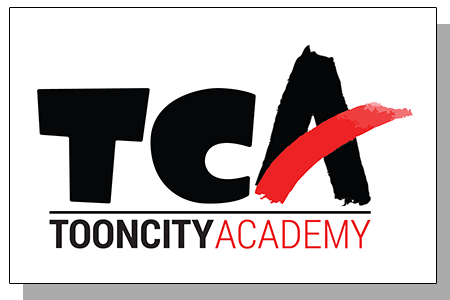 |
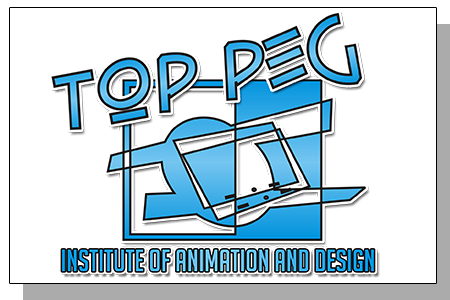 |
|
Systems Plus College Foundation was organized in Balibago, Angeles City on June 27, 1985. Its primary purpose was to conduct seminars for those who were planning to enter the electronic data processing field as programmer encoders or system analysts. Systems Plus started tutorial programs for student and professionals on July 7, 1985 (The School's Foundation Day) with just 10 enrollees. By the following year, the number of enrollees jumped to 86. In June 1987, it offered associate courses such as Electronics Service Technology, Computer Technology, Computer Secretarial, and Computer Science. The courses were specially designed to meet the emerging technical demands of the Province of Pampanga. The opening of new courses was instrumental to the increase of the student population from 600 in 1987 to 1,200 in 1989. On April 8, 1991, the school was renamed Systems Plus Institute Foundation, Inc. an educational institution of higher learning specializing in computer education. It pioneered the offering Bachelor of Science in Region III. This was the school's contribution to the increasing global demand for computer professionals. |
Recognizing the need for younger talent for Philippine animation, Toon City established Toon City Academy in 2014 to offer no-frills courses on basic and cut-out animation. We offer the very best training to our students.
|
Top peg Institute of Animation and Design is an affiliate training center of Top Peg Animation and Creative Studio, Inc. located in Las Pinas City. Established and TESDA accredited in 2014, it offers a 2-year course called Commercial Media Arts with 4 majors to choose from: Visual Graphics Design, 2D Animation, 3D Animation, and Game Art & Development.
The school's approach to teaching is work-based and industry-based project learning. The instructors are experienced industry practitioners with TESDA TVET accreditation.
Scholarships are given to enrolled students that greatly help with their tuition fees.
Other workshops offered are basic drawing, basic animation, professional asst animator, prof animator, web design and development, motion graphics class, storyboard class, concept design class, graphics design, basic anatomy, layout and background drawing, comics illustration, book illustration, production management, costing and contracts.
|
| Visit Website >>> | Visit Website >> | Visit Website >>> |
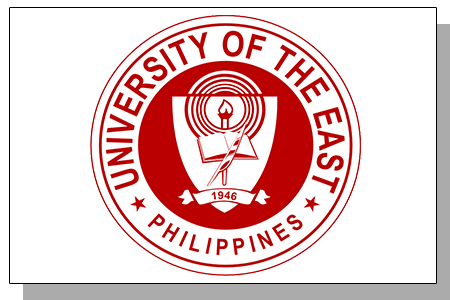 |
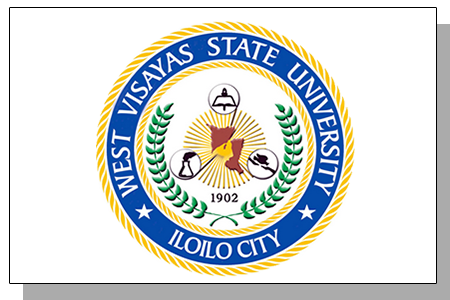 |
|
| The roots of the University of the East can be traced back to two rented rooms on Dasmarinas Street, Manila, where 110 students enrolled in Certified Public Accountant (CPA) review classes in September 1946, barely two months after the Philippines acquired its independence. Led by Dr. Francisco T. Dalupan Sr., the group of business educators that initiated the classes made it their objective to help the country, then still reeling from the effects of war. Out of the 110 students, four made it to top places in the CPA board examinations in 1947. Encouraged by this initial success, Dr. Dalupan and his colleagues opened the Philippine College of Commerce and Business Administration (PCCBA) along R. Papa St. in Sampaloc, Manila, to 350 students in the summer of 1947. | The coming into being of the West Visayas State University (WVSU) dates back to 1924 when it became an independent and distinct teacher training institution known as the Iloilo Normal School (INS). However, its birth can be traced back as early as 1902 when it was opened as a tributary normal school with secondary school instruction. In 1916, it was a secondary school complete with elementary and training departments. It was only, however, in 1924, with the completion of its main building (now Quezon Hall) and the laboratory school building when INS became a distinct educational institution itself. The year likewise, became a kick off point for a more established secondary normal school program, which eventually became a two-year collegiate training program and still later in 1952 a four year normal college course | |
| Visit Website > | Visit Website >> |





